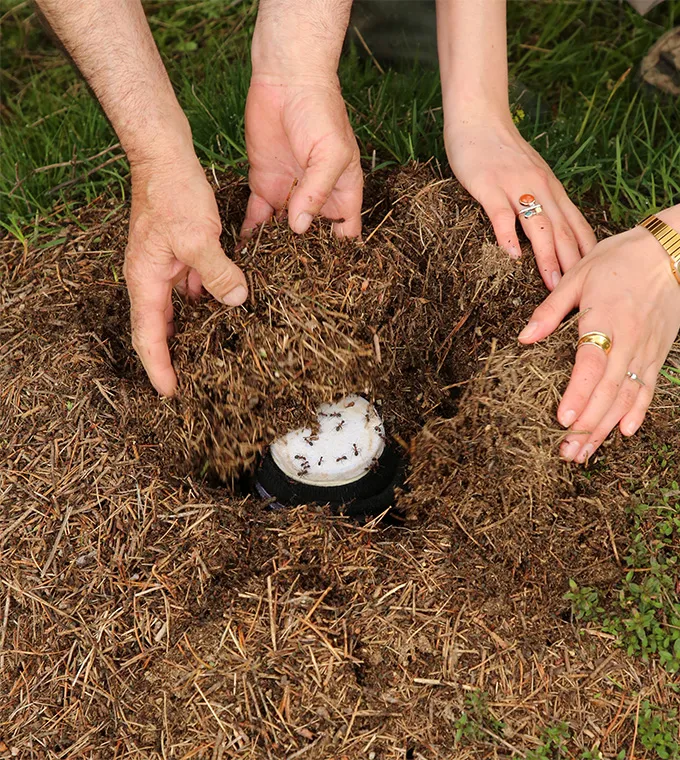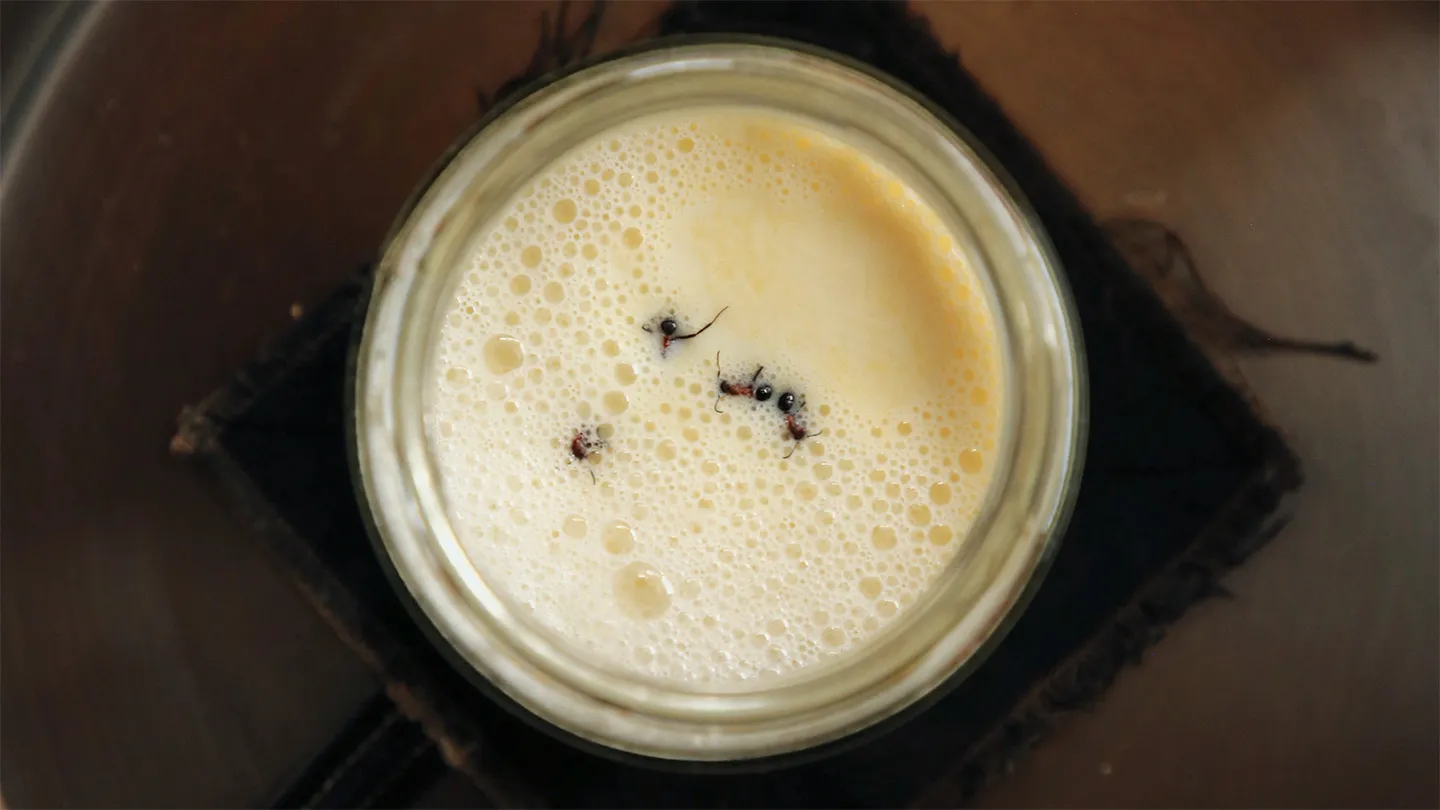Across parts of Eurasia, the secret ingredient behind a unique, tangy yogurt isn’t found in a kitchen — it’s found crawling through the forest.
Researchers have discovered that red wood ants and the microbes they carry can acidify and thicken milk, transforming it into creamy yogurt. The study, published October 3 in iScience, revealed that using live ants — rather than frozen or dried ones — creates the ideal microbial and chemical conditions for fermentation.
Yogurt-making is an ancient tradition dating back roughly 7,000 years, but modern production relies on just a few acid-producing bacteria in highly controlled environments. Traditional methods, however, vary widely, with local cultures experimenting with everything from pinecones to chamomile flowers to start the fermentation process.

Industrial yogurt offers consistency and safety, but homemade versions carry distinct regional flavors. “Factory-made yogurt hits a flavor balance that appeals to everyone,” says Veronica Sinotte, a microbial ecologist at the University of Copenhagen. “But homemade yogurt reflects the individuality of the community that makes it.”
In the Bulgarian village where anthropologist Sevgi Mutlu Sirakova’s family lives, for instance, locals can often identify which household produced a specific batch of yogurt just by taste. Her ancestral region also once practiced making yogurt with help from red wood ants (Formica rufa and F. polyctena).
To recreate the ancient process, Sinotte, Sirakova, and their team placed four live ants into a jar of warm raw cow’s milk, then buried the jar in an ant mound overnight. The warmth of the nest kept the mixture at the right temperature for fermentation. By morning, the milk had thickened into an early-stage yogurt with a tangy, herbaceous flavor.
Molecular testing revealed that F. polyctena ants harbor lactic and acetic acid–producing bacteria that help thicken milk, including Fructilactobacillus sanfranciscensis — the same species used in sourdough starters. The ants themselves contribute formic acid, a natural defense chemical, along with enzymes that help break down milk proteins into a smooth, creamy texture.
While the researchers confirmed that live ants work best for yogurt fermentation, Sinotte cautioned against at-home experiments. Live ants can sometimes carry parasites that, though rare, may cause liver or gastrointestinal illness in humans.
“I wouldn’t recommend people try it in their kitchens,” Sinotte said. “But it’s a fascinating glimpse into how humans and nature have long worked together to make food.”
